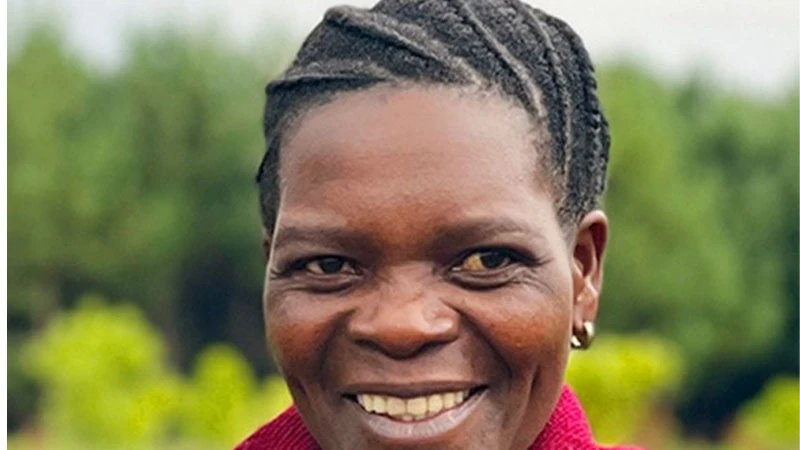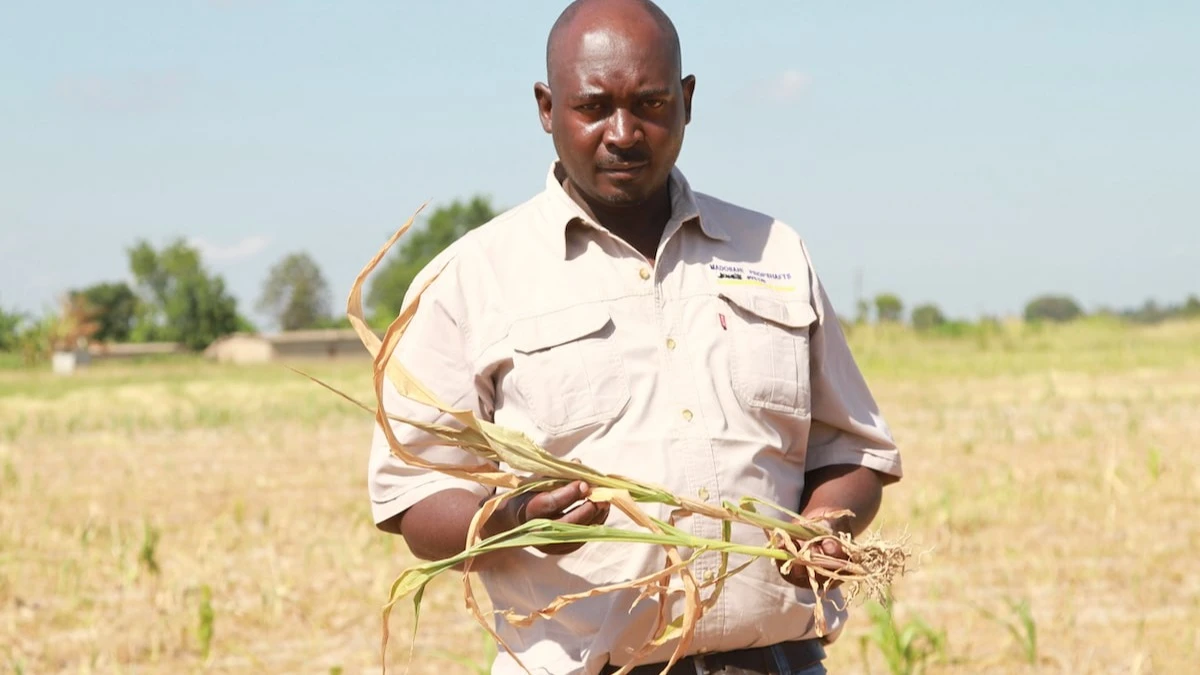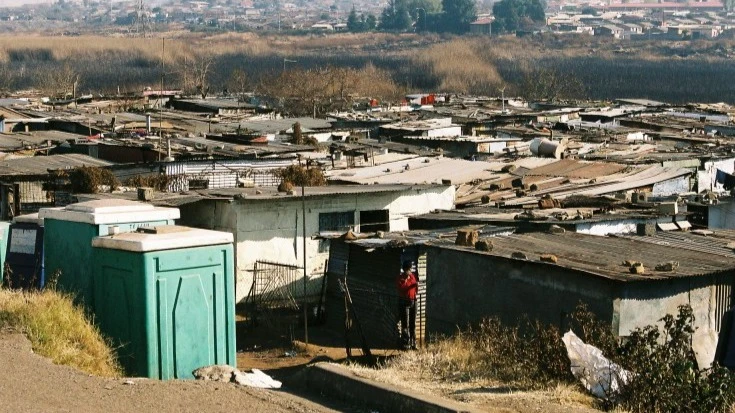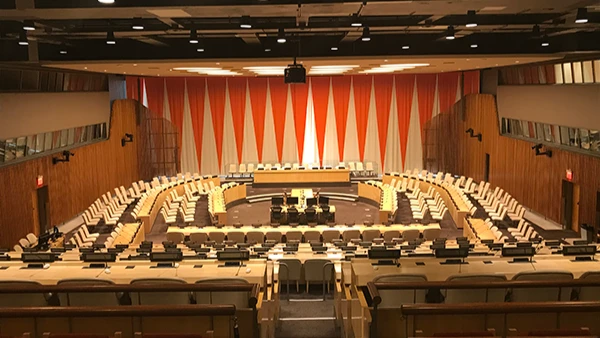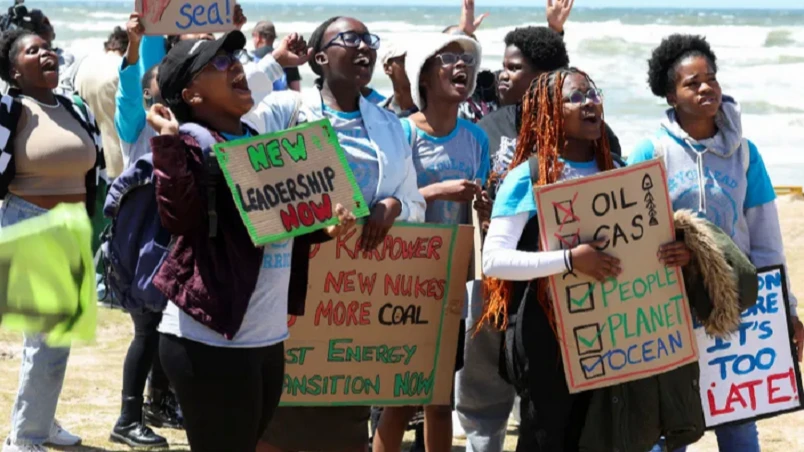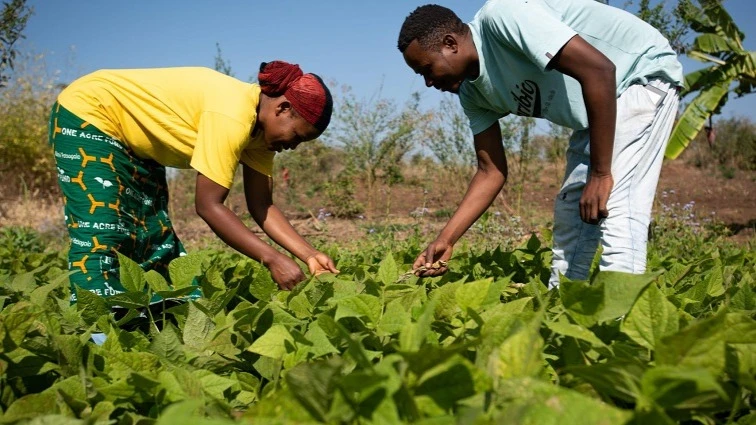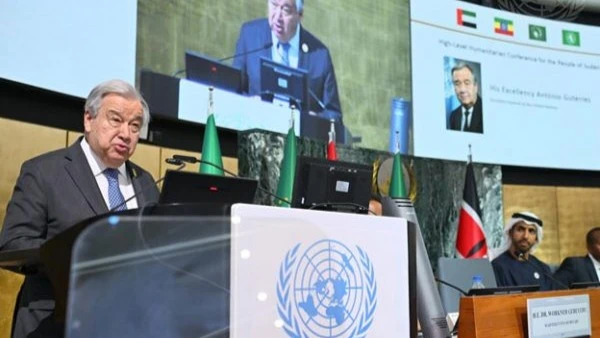Africa records ‘highest’ workforce exposure to extreme heat
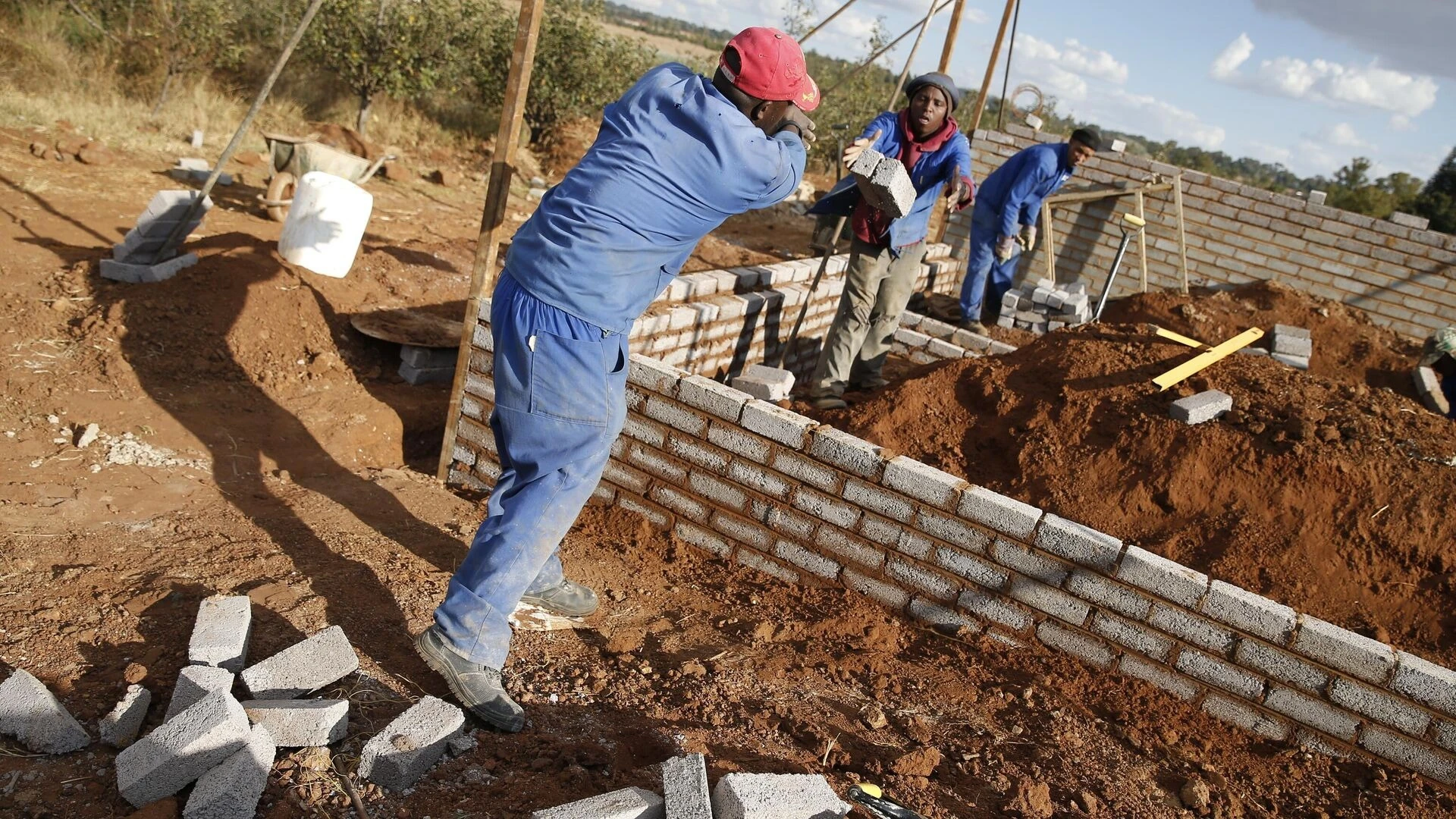
CLIMATE change has disastrous effects on humanity and biodiversity. Yet, the main cause of climate change is humanity through the disruption of the usual balance of nature. To show that the disruption of the usual balance of nature can lead to, we may recall the words of Pope Francis he said during a press conference while he was flying from Sri Lanka to the Philippines in 2015.
Referring to a Spanish expression, the Pope: “God always forgives, we forgive sometimes, but nature never forgives.” What he meant was that the disastrous effects we bear in our communities and countries caused by our activities never choose people. For instance, a cyclone doesn’t choose the direction, intensity or the number of people to affect or property to damage. Neither does the surging heat. Any person, animal, bird, insect or organism can be dehydrated in the extreme heat.
A paper titled “United Nations Secretary-General’s Call to Action on Extreme Heat” published by the UN Secretary-General’s Climate Action Team, with inputs from the UN system, in 2024, says “The climate crisis is driving crippling heat everywhere.”
The paper considered 2024 probably “the hottest year in recorded human history.” It says “Billions of people around the world are wilting under increasingly severe heat-waves driven largely by a fossil-fuel charged, human-induced climate crisis. This is a taste of the future and impels us to take bold decisions to change the way we live to avoid an even more scorched earth in the future.”
While people with the wherewithal may in some way mitigate the scorching heat, most vulnerable and disadvantaged communities in society are hit hardest. These include young, elderly, persons with disabilities, pregnant women, people with multiple chronic conditions, and outdoor workers.
“Climate change is delivering a hotter and more dangerous world for all of us, and we are not prepared,” the paper says. It suggests that the world needs a strategy to mitigate the scorching heat. Therefore, it calls on governments, policy makers and all stakeholders to act, prevent and reduce heat risks, increase resilience to heat, manage extreme heat crises, and mitigate its worst impacts.
In cities, for instance, the paper says at 1.5°Celsius of warming, 67 cities will experience 150 or more days a year of temperatures exceeding 35°Celsius. Under 3°Celsius of warming, it rises to 197 cities. “Between 1.5°Celsius and 2°Celsius of global warming, the most appreciable temperature rises will occur in the tropics, which house a disproportionate amount of people living below poverty lines.”
UNICEF findings suggest that if the scorching heat continues by 2050 almost every child under 18 in the world – about 2.2 billion – will be exposed to high heatwave frequency, up from only 24 per cent of children in 2020. “Heat-related mortality for people over 65 years of age increased by approximately 85 per cent between 2000-2004 and 2018-2022,” says UNICEF.
International Labour Organisation (ILO) 2024 report shows regions with 1) the highest workforce exposure to extreme heat, 2) the highest proportion of occupational injuries attributable to extreme heat, 3) region with the most rapidly increasing workforce exposure to extreme heat since 2000, and 4) regions with the most rapidly increasing heat-related occupational injuries since 2000.
In relation to No 1, ILO shows that Africa Region has 92.9 per cent of workforce exposure to extreme heat, Arab States Region has 83.6 per cent of workforce exposure to extreme heat, and Asia and the Pacific Region has 77.7 per cent of the workforce exposure to extreme heat. In relation to No 2, Africa Region has 7.2 per cent of all occupational injuries attributable to extreme heat and the Americas Region has 6.7 per cent of all occupational injuries attributable to extreme heat.
In relation to No 3, Europe and Central Asia Region has 17.3 per cent most rapidly increasing exposure to extreme heat since 2000. In relation to No 4, the Americas Region has 33.3 per cent most rapidly increasing heat-related occupational injuries since 2000, and Europe and Central Asia Region has 16.4 per cent of most rapidly increasing heat-related occupational injuries since 2000.
The paper says June 2024 was the 13th month in a row of record global temperatures and probably even after five years it will still be “the warmest on record, beating 2023”. The paper warns that the extent to which current and future generations will experience a hotter and different world “depends on the choices we make today and in the coming years”.
According to ILO, over 70 per cent of the global workforce – that is, 2.4 billion people – are at high risk of extreme heat, resulting in 22.85 million worker injuries and 18,970 deaths annually. “As daily temperatures rise above 34°Celsius, labour productivity begins to drop by 50 per cent,” says ILO.
As is often said ‘think globally, and act locally, it is upon each one of us to take action to mitigate the climate change risk. We can plant and keep trees in our neighbourhood, protect water sources and prevent environmental degradation, air and water pollution, and cut down carbon emissions. If we do something about climate change and the scorching heat for sure we will reduce climate change effects.
Top Headlines
© 2025 IPPMEDIA.COM. ALL RIGHTS RESERVED


